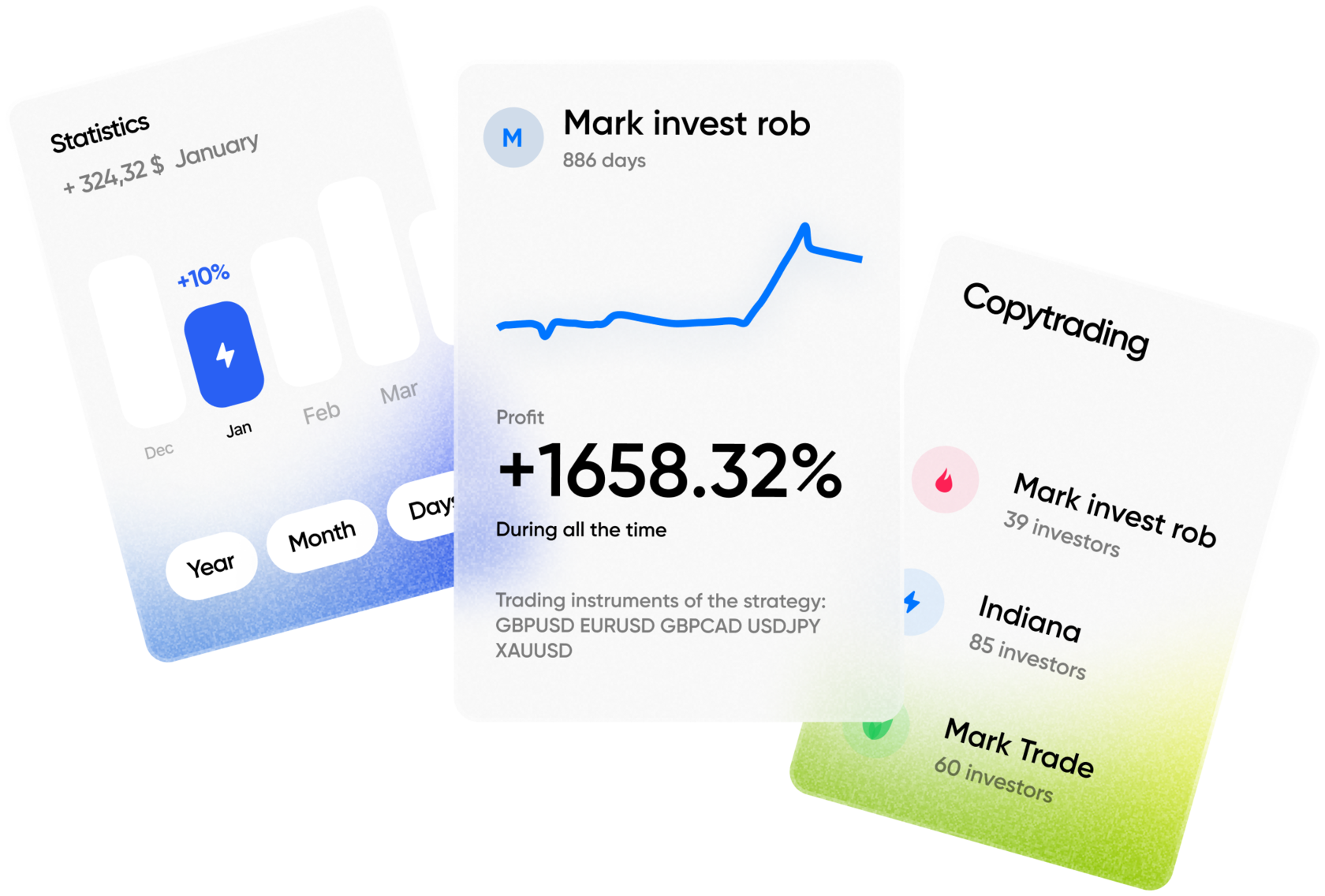On Friday, U.S. stock exchanges ended the trading session with moderate gains. All three major indexes — the Dow Jones Industrial Average, the S&P 500, and the Nasdaq Composite — closed the week in positive territory. The Dow Jones rose by 0.3%, the S&P 500 gained 0.4%, and the Nasdaq added 0.5% by the end of the day. This marked the third consecutive week of growth for the S&P 500 and Nasdaq.
The strengthening of U.S. markets followed a statement by President Donald Trump, who signaled his willingness to show flexibility regarding new tariffs scheduled to take effect on April 2. His comments were seen as an indication of potential adjustments to the tariff plan. The U.S. dollar also strengthened on Friday against major global currencies, including the euro and the yen.
In contrast, European stock markets declined. Key indexes such as Germany’s DAX, France’s CAC 40, and the UK’s FTSE 100 closed in the red. Despite the daily decline, the pan-European STOXX Europe 600 index managed to end the week with a gain. The index rose by 0.6% over the past five trading days.
Gold prices experienced volatility. Although gold sharply retreated from its all-time high reached earlier in the week, it remained above the $3,000 per ounce level. This threshold was crossed for the first time last week. On Friday, gold was trading around $3,020 per ounce in the spot market. Analysts noted increased trading volumes and high investor interest in precious metals.
Chicago Federal Reserve Bank President Austan Goolsbee and New York Fed President John Williams both made public statements on Friday. They said it was premature to draw conclusions about the impact of U.S. tariff policy on the national economy. According to them, the Federal Reserve has sufficient time to assess the situation and decide on the future direction of monetary policy.
Market participants are expected to closely monitor U.S. trade policy developments in the coming week. Particular attention will be paid to any updates on tariff implementation. In addition, investors are awaiting several important macroeconomic reports.
On Thursday, the U.S. Department of Commerce is scheduled to release the final estimate of Gross Domestic Product (GDP) growth for the fourth quarter of 2024. The previous estimate showed an annualized growth rate of 3.2%. The revised figure may affect market expectations for future interest rate changes.
On Friday, the U.S. Bureau of Economic Analysis will publish data on personal consumption expenditures (PCE), one of the Federal Reserve’s preferred inflation indicators. The report will include both headline and core PCE figures for February 2025.
Additional data on the U.S. housing sector and industrial production are also expected during the week. Housing starts, building permits, and new home sales figures will be released. The Federal Reserve will also publish its latest Manufacturing Survey reports from regional banks.
Investors and analysts will watch these indicators closely to gauge the state of the U.S. economy and potential adjustments to monetary policy in response to ongoing inflation and global trade uncertainties.







